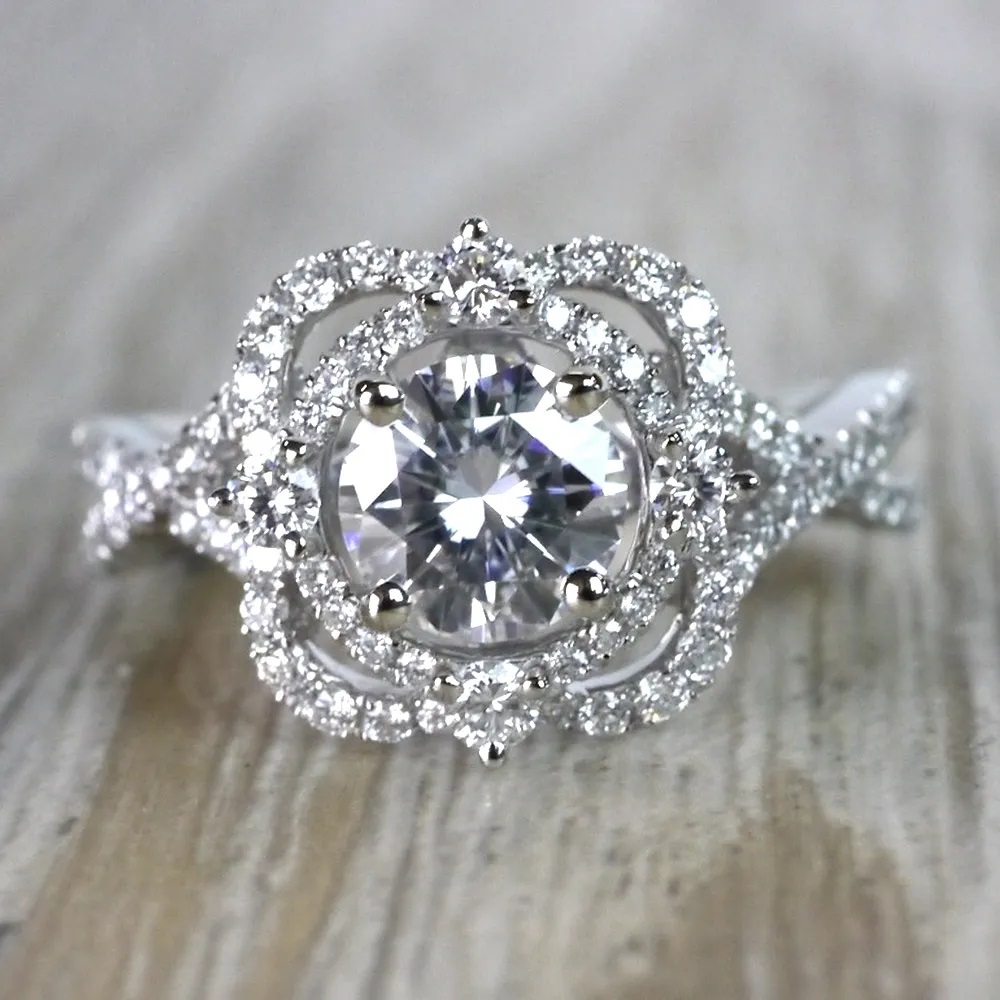The engagement ring has long been a symbol of love and commitment, representing a significant milestone in many couples’ lives. Traditionally adorned with natural diamonds, these rings have often been associated with luxury and exclusivity. However, as awareness of ethical concerns and environmental impacts grows, the future of engagement rings is evolving. This article delves into the rise of lab-grown diamonds and other sustainable alternatives, shaping a new narrative for how we choose to celebrate our love.
Lab-grown diamonds are taking center stage in the engagement ring market, offering a compelling alternative to their mined counterparts. Created through advanced technological processes that replicate the natural conditions under which diamonds form, these stones possess the same physical, chemical, and optical properties as traditional diamonds. This innovation not only ensures that each diamond is conflict-free, but it also significantly reduces the environmental footprint associated with diamond mining. As couples become increasingly conscientious about their purchasing decisions, lab-grown diamonds present an attractive option that marries beauty with responsibility.
The benefits of lab-grown diamonds extend beyond ethics and sustainability. They are often more affordable than mined diamonds, allowing couples to invest in a higher-quality stone without exceeding their budget. This cost-effectiveness opens up new possibilities for custom designs and additional features, empowering couples to create a unique engagement ring that truly reflects their style and values. Moreover, with the ability to produce diamonds in various shapes and sizes, lab-grown options cater to diverse preferences, further enhancing their appeal.
Alongside lab-grown diamonds, other sustainable alternatives are gaining traction in the engagement ring market. For instance, ethically sourced gemstones, such as sapphires, emeralds, and moissanite, are increasingly popular choices. These stones often boast unique colors and characteristics, enabling couples to select an engagement ring that stands out while still aligning with their values. The shift towards these alternatives signals a broader trend in the jewelry industry, where consumers are seeking out pieces that tell a story and contribute positively to the world.
Recycled metals are also becoming a prominent feature in the creation of engagement rings. Jewelers are increasingly sourcing precious metals from old jewelry and industrial sources, reducing the need for new mining operations. This practice not only conserves resources but also adds a layer of significance to the engagement ring, as it symbolizes a commitment to sustainability in every aspect of its creation.
As the conversation around sustainability continues to evolve, brands are taking note. Many jewelers are now prioritizing transparency, offering certifications and detailed sourcing information to inform consumers about the origins of their diamonds and materials. This shift towards accountability fosters trust and empowers couples to make informed choices about their engagement rings.
Looking ahead, the future of engagement rings is set to be defined by innovation and sustainability. With lab-grown diamonds leading the charge, couples can celebrate their love with pieces that embody ethical considerations and environmental stewardship. As consumer preferences shift towards more responsible options, the jewelry industry is likely to adapt, embracing a more sustainable model that honors both tradition and modern values.
In conclusion, the engagement ring has transformed from a symbol of luxury to a canvas for expressing love with a conscience. Lab-grown diamonds and sustainable alternatives are reshaping the landscape of engagement rings, offering couples a chance to celebrate their commitment in a way that resonates with their values. As we move forward, this evolution not only enriches the meaning behind engagement rings but also sets a precedent for future generations seeking to forge a more ethical path in love and partnership.

